Whenever a new model is introduced, people staying in different geographical areas devise different means of testing said model. Long before any consumer reports were introduced, folks in the Klang Valley have conceived its own unique way of determining performance and reliability. Due to its close proximity to Genting Highlands, the roads leading up to the only legal casino in the country is seen as the ultimate test.
Is there sufficient power?
Will the engine overheat?
Is there enough brake force to prevent the car from rolling off the hill?
Can it beat Genting taxies?
Back in those days, I recall stopping by the side of the road at least once going up and/or coming down and any time when we do make it back home without any incident, it was an achievement (for the car, not the driver). Today’s automotive development has increased reliability to the point where unless you’re driving a car like you’ve just stolen, there’s very little drama in the drive to and from the highlands.
Well, fret not because driving up in an all-electric vehicle would not only make you the center of attraction, you’d wonder if that time when you decided to go downhill in a trolley was wiser than constantly wondering if you have enough range to get back home.
Well, we did it on the Nissan Leaf and Renault Zoe and here’s what we discovered:-
Design
Cute doesn’t quite describe both the Leaf and Zoe. Each element of design has a practical reason behind them. The Leaf’s huge headlamps, for instance are made to redirect airflow, reduce wind noise and maximize aerodynamic performance. Just how slippery is the Leaf when cutting through air? 0.29 cd which is the same as the Porsche Boxter.
Zoe, on the other hand looks more like a drop of water instead of anything leafy and has its rear door handles masked in the rear window, creating a coupe two-door like look similar to the Honda HR-V.
Measuring 4,445mm in length, 1,770mm in width and 1,550mm in height with a wheelbase of 2,700mm, the Leaf is much larger than the Zoe’s 4,084mm length, 1,411mm width and 1,502mm height with wheelbase measuring 2,588mm. To give you a better idea, try comparing the size of a Nissan Latio hatchback with the Renault Clio.
Both vehicles offer 16″ rims but the Leaf comes with 205/55 tires whereas the Zoe has a smaller thread width with thicker side wall of 195/65.
Petrol? Nope. Diesel? Nah. Out of charge means out of luck even if you find a gas station. Unless you’re going downhill all the way.
At the back, both EVs use energy-saving LED rear combination lamps and a slanted boot for better air flow on the move. The Leaf has a rear spoiler with a solar panel that helps to charge the 12V battery (not the main range driving battery) to run vehicle electrical accessories (such as charging your handphone using the 12V port which does not affect the range of the vehicle).
Performance
The Leaf has a maximum output of 80kW which translates to 109 PS and a maximum torque of 254Nm from 0 – 3,008 rpm. Battery pack consists of lithium-ion type with a capacity of 24kWh. 0-1ookm/h is done in 11.5 seconds and maximum speed is rated above 140km/h. In a drag race, the instantaneous torque almost always guarantees comical expressions from other motorists who didn’t expect such brutal acceleration from such an adorable looking car. And if you drive it sensibly,the Leaf can bring you as far as 195km based on New European Driving Cycle (NEDC). After driving it up and down Genting, we managed to score 125.4km before recharging with 6% battery left.
The Zoe meanwhile makes use of a smaller motor with a maximum output of 65kW and 220Nm torque and its lithium-ion batteries can hold a maximum capacity of 22kWh. It dispatches 0-100km/h in 13.5 seconds and a maximum speed of 135km. NEDC says it can go as far as 210km and our Genting experience showed a score of 151km with 19km remaining before recharging. Not too far off the mark, we reckon.
To achieve these scores, we had to adapt by:-
- ensure minimal weight is carried. So yes, we all emptied our bladders in the hopes of eking a few extra meters.
- accelerate from zero to maximum legal speed limits as slow as a fully loaded lorry hauling a full load of timber uphill.
- Cruise control or manual control keeping to speed limits as much as possible.
- Both cars started off with almost full charge. Upon reaching the turnoff towards Genting from Karak, both vehicles were doing well with the Zoe showing about 20km greater range than the Leaf. At this point, I jumped off the Leaf (which were carrying two adults including the driver) and hopped into the Zoe for the 26km uphill climb.
Yes, you people should feel honored because seeing a Leaf on the road is rare enough; finding one with another EV on Genting is like finding a unicorn taking a ride in an amusement park while vaping.
By the time we arrived at the pinnacle, the Leaf had 0 km range left while the Zoe, despite carrying a heavier load and a smaller capacity battery had an available range of 28km. We’ve completed the first phase of our experiment. Now comes the second part; how do we survive the journey to the nearest charging stations which is about 40km away?
To make matters worse, the Leaf and Zoe had completely different ports and their chargers are not interchangeable. Sigh, someone should have ISO-ed these chargers if they want better uptake among the public.
At any rate, we weren’t too concerned because both vehicles have regenerative systems that recovers kinetic energy from rotating wheels as electric energy. Every time you brake or coast, the batteries get fed and it’s always a good thing to find yourself on top of a tall hill if you’re out of power.
By the time we reached Jaya One Leaf charging station, here’s the result:-
The Leaf’s range would show — km when you drop below 12% of battery power and that’s when things get a little more anxious. It’s a good thing that among all the info shown by the MFD, the battery percentage is indicated and by the time I plugged the power cable in, it showed 6%. Poor car is literally starving.
I don’t have a picture of the Zoe’s range but at this point, it managed to recharge 44km. Despite it having a smaller capacity battery “tank”, it was able to recoup enough power to outlast the Leaf due to it’s Range OptimiZEr’ which combines three major innovations (new-generation regenerative braking, a heat pump and Michelin Energy E-V tyres) to enhance it’s distance per full charge. Renault claims 210km maximum range but moving about in Malaysia’s hot climate and high humidity, real world urban range here is about 100km.
Charging time for the Leaf is approximately 4 hours if using a 6.6kW charger from the time the low battery warning comes on until the batter is fully charged at optimum temperature of 25 deg Celcius. Unfortunately for us, the chargers available at public charging ports here ranges from 1.6kW to 3.0kW (refer to charging stations list EV Public Charging Stations (3) and this means a longer waiting time.
When you purchase a Leaf, you’ll receive one charger unit that will be installed in your home. Each First Energy Networks charger includes a wall mounted charger with attached cable, 40m cable with PVC conduit and a dedicated circuit breaker. Tan Chong will send a contractor to your home to assess the electricity supply. You must have a single phase, dedicated wiring from your distribution board with a steady electrical supply to qualify, failing which the contractor would recommend additional wiring upgrades before installation of the charger can proceed. If you want more than one charger, each additional charger costs RM6,500.
We left the Leaf to charge for 7 hours and the Zoe to charge for only about 4 hours. By the time we went back to collect the Zoe, it was back up to 108km range with 66% battery level and the Leaf indicated a range of 120km with 100% battery . So if it’s range you want, the Zoe is the better option.
Ride and Handling
EVs all have one common characteristic; absolute silence when started. It can feel a little peculiar at first when you hear no sound and feel no vibration from steering or gear stick. The only indications you get is some digital chimes and the MFD lighting up.
Both vehicles does not use regular transmissions. Instead, the Leaf has a Drive selector which looks like a mouse and operating it is very easy; push right up for reverse, push right down for D or B-mode. D-mode is just like any other vehicle’s transmission whereas B-mode has higher regenerative efficiency. The Zoe too uses a single ratio drive train and the gear stick set in a more familiar PRND configuration.
Efficiency is key when using an EV so both vehicles has ECO mode function which adds about 10% of range when activated. ECO mode lowers the power consumption of the traction motor, heater and air conditioning unit and when driving, both vehicles would feel somewhat underpowered. In the Leaf’s B-mode, you would feel as though the brakes are applied the moment you lift your foot off the accelerator pedal thanks to its regenerative system working to convert kinetic energy to electricity. In comparison, the Zoe doesn’t slow as much, possibly due to its newer regenerative technology.
The Leaf wallows a bit when thrown around corners and its easy to be unsettled if you shift the car’s weight too much. The same goes for the Zoe but because it’s a smaller car, it is nimbler on the road. However, do bear in mind that an EV isn’t a hot hatch so expecting Golf GTI handling would be unreasonable.
In terms of ride harshness, the Zoe cushions better, possibly because of thicker side profile.
Cabin Convenience
Cabin fit and finish is good on both with the Leaf opting an elegant dark interior with some anodised silver splashed here and there whereas the Zoe, despite offering an airy and bright interior cannot mask the fact that it is a small car and shoulder rubbing between the front passengers is more frequent here.
.
The Leaf’s steering is leather -wrapped and feels a lot more substantial to grip versus the Zoe’s. Audio and Bluetooth controls are on both but the Leaf has its ECO activation button here while the Zoe’s is next to the gear stick. With ECO mode on in the Leaf, you can see ECO Trees growing next to the speed meter when you are driving efficiently over a period of time.
You won’t find a single analog dial in these cars, being examples of future mobility as they are. Both shows battery level, estimated range prominently and displays real-time battery charging/discharging.
.
For headunits, both has touchscreens and it is here that drivers can see a more detailed readout of energy consumption as well as audio functions such as radio, Bluetooth streaming, AUX-In and in the case of the Leaf, reverse camera (the Zoe makes do with a graphic proximity sensors). Zoe has one ace up its sleeve though; it’s the only one with GPS navigation.
The Leaf has more compartments for your odd keys and smartphones. Center compartment is deep enough to fit multiple Smart Tags and it has a small cavity between the center compartment and the “mouse” gear. In front of the gear are two cup holders. Zoe on the other hand has only two open compartments in the middle.
.
The glove compartment of the Leaf is huge. I could fit an A4 file inside without it being folded. The Renault is a French car and like all French vehicles, the fuse box is always on the left. The result is a space more suitable to put hamsters.
Three rear occupants would prefer the wider bench of the Leaf but due to the Leaf’s batteries being housed below the rear seats, rear legroom depth in the Zoe is better. Both does not have rear air conditioning vents.
It terms of boot space, the Leaf is definitely bigger but the boot bottom is narrower due to intruding rear wheel arches.
Interesting to note that the Leaf has spare tires located at the bottom of the boot like some SUVs.
Safety
As EVs, both the Leaf and Zoe does not have combustion engines, transmissions nor exhaust pipes, hence they’re safe from water immersions due to floods. Still, driving it off the beach and pretending it’s a submarine is not advised.
For the Leaf, it has the following safety features:-
- Dual front airbags
- Side airbags
- Curtain airbags (total 6 airbags)
- ABS
- EBD
- Brake Assist
- Vehicle Dynamic Control (VDC)
- Traction Control
- Hill Start Assist
- Seatbelt with pretensioner
- ISOFIX
The Zoe on the other hand isn’t officially launched yet in Malaysia hence we cannot say for certain what comes with it. If we were to speculate, we expect to see at least dual airbags, ABS, EBD, Brake Assist and ISOFIX.
Ownership and Maintenance
The Nissan Leaf retails for RM180,566.18 OTR including GST but excluding insurance.
The Renault Zoe is not officially launched in Malaysia yet although the team in Paul Tan reported it was available for booking in April 2015. Since then, only the Twizy has been made available.
The good news is, you can rent a Zoe from COMOS, Malaysia’s first EV car sharing service. By registering and paying an annual fee of RM300 (or RM50 when under promotion), you will receive an RFID membership card which acts as a “key” in locking/unlocking the Zoe assigned to you.
Go to www.comos.com.my, log in, book the time and place of pick-up as well as time and place of drop off, go to the pick up place at the designated time, tap your card on the scanner on the front windscreen to unlock the door and enter your 6-digit security pin found behind the driver side sun visor.
COMOS charges RM6 for every 15 minutes of usage (minimum booking is 30 minutes) up to a maximum of RM144 per full day of use (0600 – 2200 hrs). Now that we’re proven you can reach Genting in a full charge, you don’t have to worry about running out of juice – so long as you don’t try to speed all the way up there and drive efficiently. A return taxi trip from Sunway Pyramid to Genting and back would cost you RM240 so you do the math. The only difference is you don’t have to worry about finding parking in a cab but if you plan to go up early, this isn’t an issue.
So to compare owning the Leaf and the Zoe isn’t exactly apple-to-apple comparison but if the Zoe is indeed sold for RM140,000 thereabouts, the Renault is more cost effective since it recharges better and range anxiety is less terminal compared to the Leaf. That said, bear in mind that the indicative price of the Zoe was in the first half of this year – before our Ringgit value went down so based on today’s exchange rates, we might not see such a vast difference in terms of price.
If the price is within RM10,000 – 15,000 difference, then I must say the Nissan Leaf is the better option due to its larger size for better passenger comfort and better cargo capacity. But most important of all is this:-
For those familiar with IKEA and Ikano Power Centre (IPC) Mutiara Damansara, going there after 12pm is more suicidal than crossing a busy highway blindfolded. True enough, by the time I managed to inch my way to the parking entrance, the guard closed the entrance, saying it’s full. Seeing it was a Leaf, he let me through and I made for the EV charging station, which was vacant. I think the guards here are so used to chasing non-EVs off this lot that when I reversed in, a guard came over but before he could say something, he saw me unhooking the power cord and waved me on. How about that? A special car park reserved specifically for you.
But not all parking lots are as well managed as IPC. Look what happened in Jaya One:-
These two pictures were taken on two separate days.
- A BMW 5-series is parked at the same Hybrid-only lot. This vehicle didn’t overnight – it was moved earlier and came in only later
- A hybrid Prius C and Prius is parked at the EV-only lot.
On both instance, I had to park at a non-parking lot thanks to these idiots. I’m probably more inclined to forgive the Hybrids for parking in the EV lots since the only difference between EV and Hybrid lots is a small description on the floor (which gets blocked once the car is parked in). It’s the non-ActiveHybrid BMW 5-series that pisses me off. To the owner of WA 6699 P, your mentality is as f*cked up as those able-bodied persons parking at lots reserved for the disabled. Yes, First World problems.
It is still recommended that you charge the Leaf overnight in the convenience and safety of your home (those living in condos might not find the Leaf suitable). In my time driving the Leaf, there is a small period of adjusting your driving pattern (if you’re not already an efficient driver). It took me two days and with Waze, knowing exactly how far you need to travel each day makes it easy to manage the limited range of the EVs.
So if range is taken out of the equation, cost becomes the main factor; do you get a Leaf or a D-segment sedan? With oil prices being as low as it is now, the rationale behind spending RM180k on the Leaf is weaker. So if you want a Leaf, you would consider it based on them being easy to drive, clean and as attention grabbing as a Ferrari since there are less Leafs than Prancing Horses around. The Leaf would make a good 2nd or 3rd car in a house and if your daily commute involves going to the office and back, the Leaf can save you money that’s otherwise spent on fuel – and would justify its price in probably 20 years of daily usage. Sooner if petrol prices increase in the near future.
Meanwhile, you can get a good introduction to the use of EVs by subscribing to COMOS. Please visit www.comos.com.my for more details.




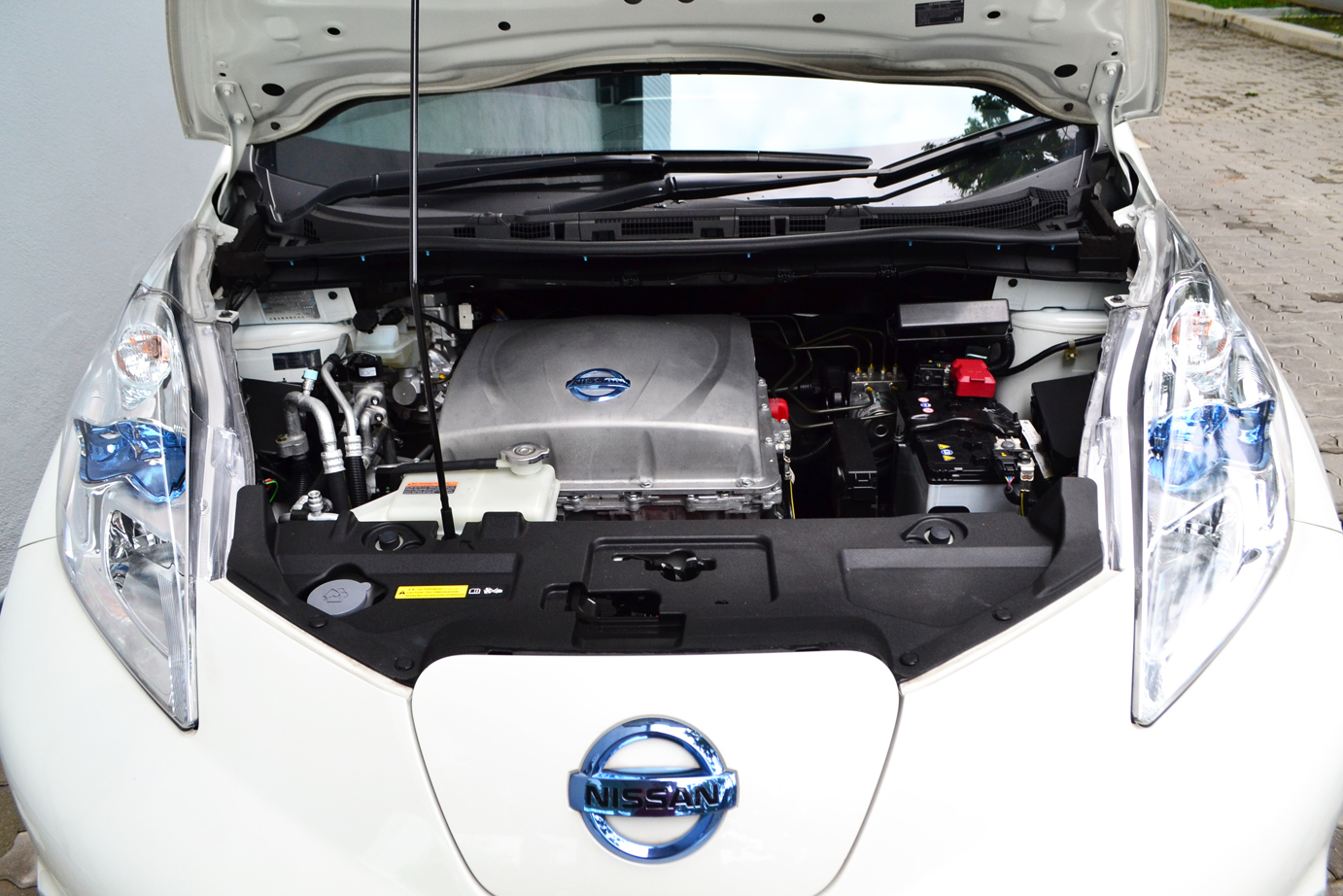






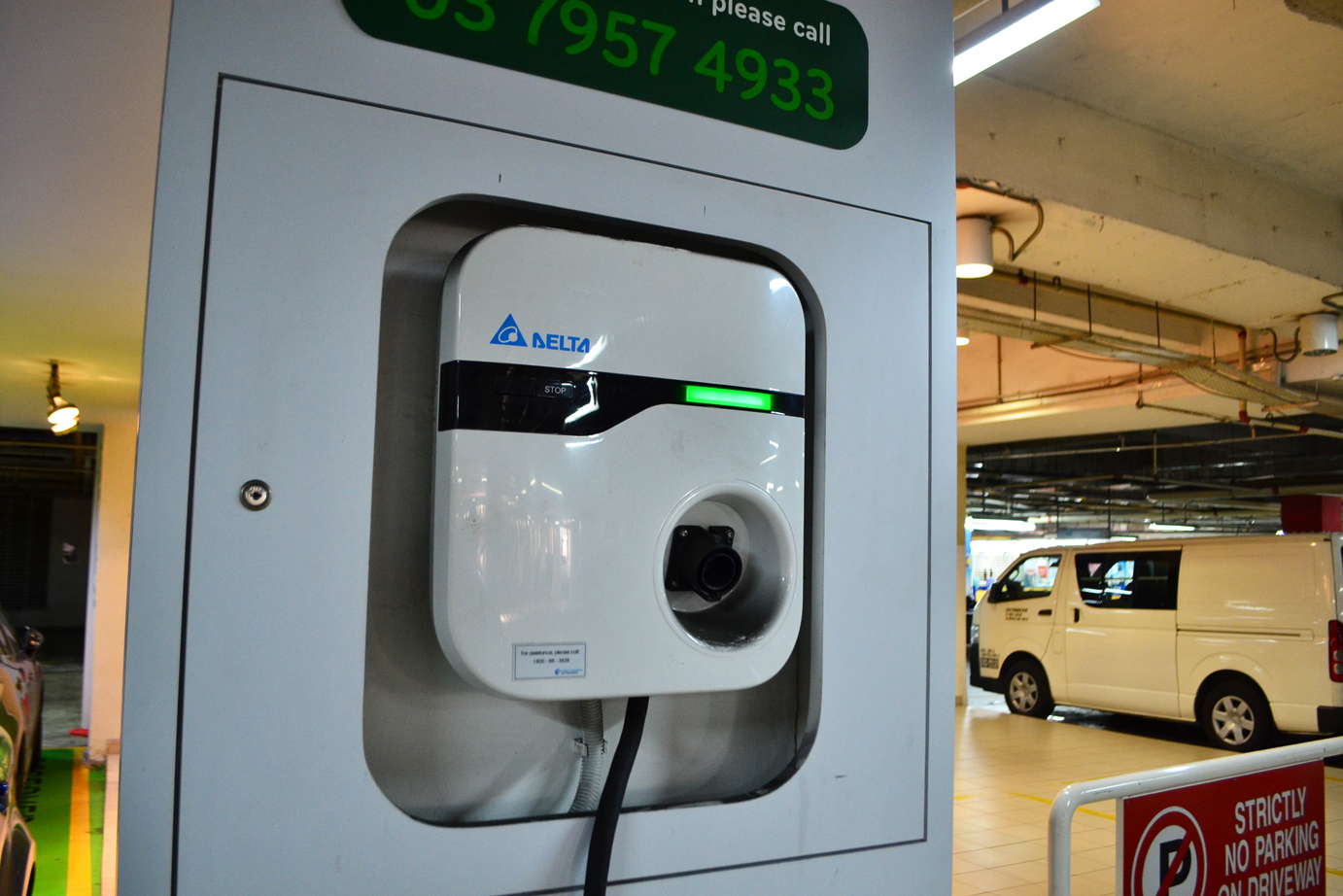

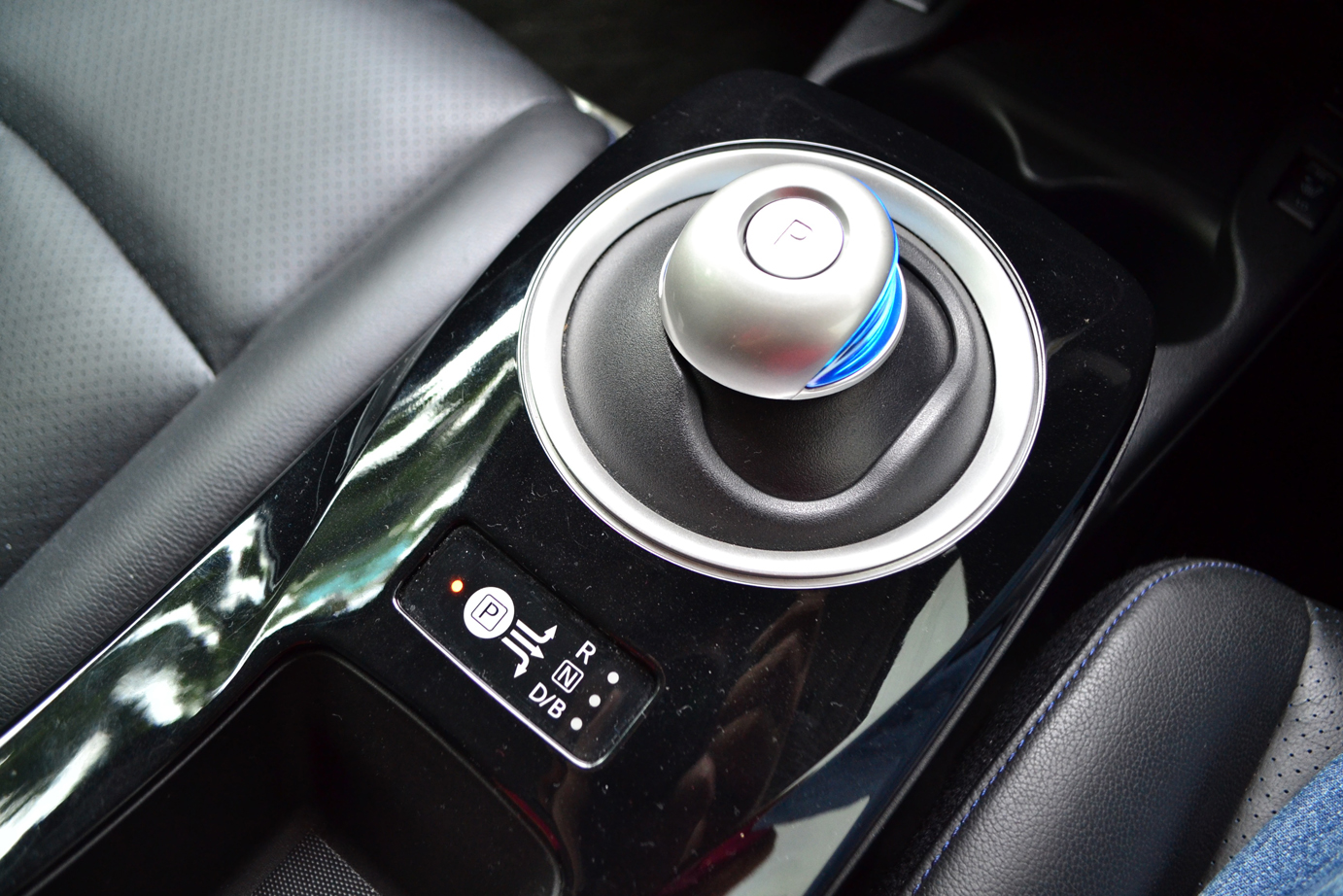



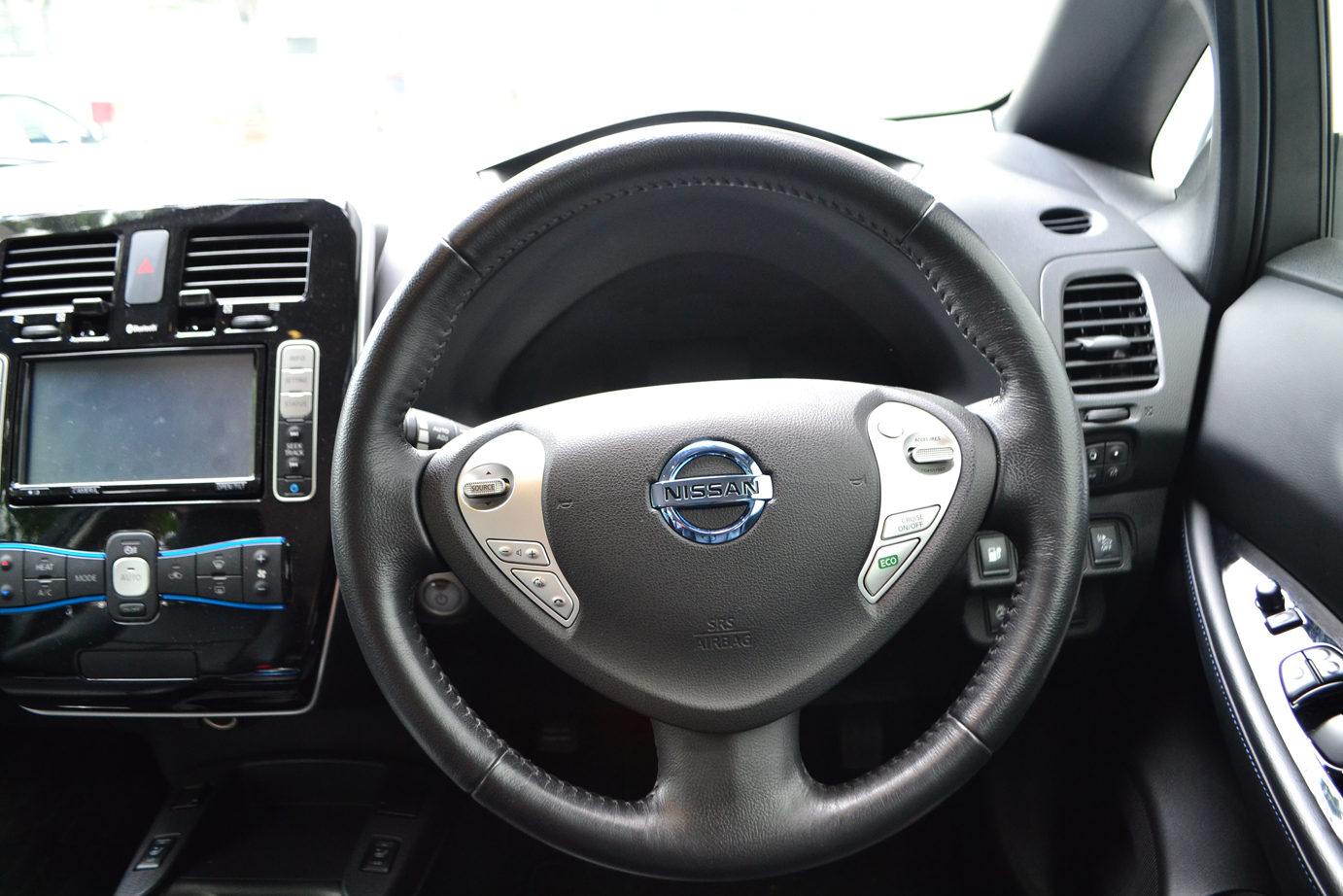

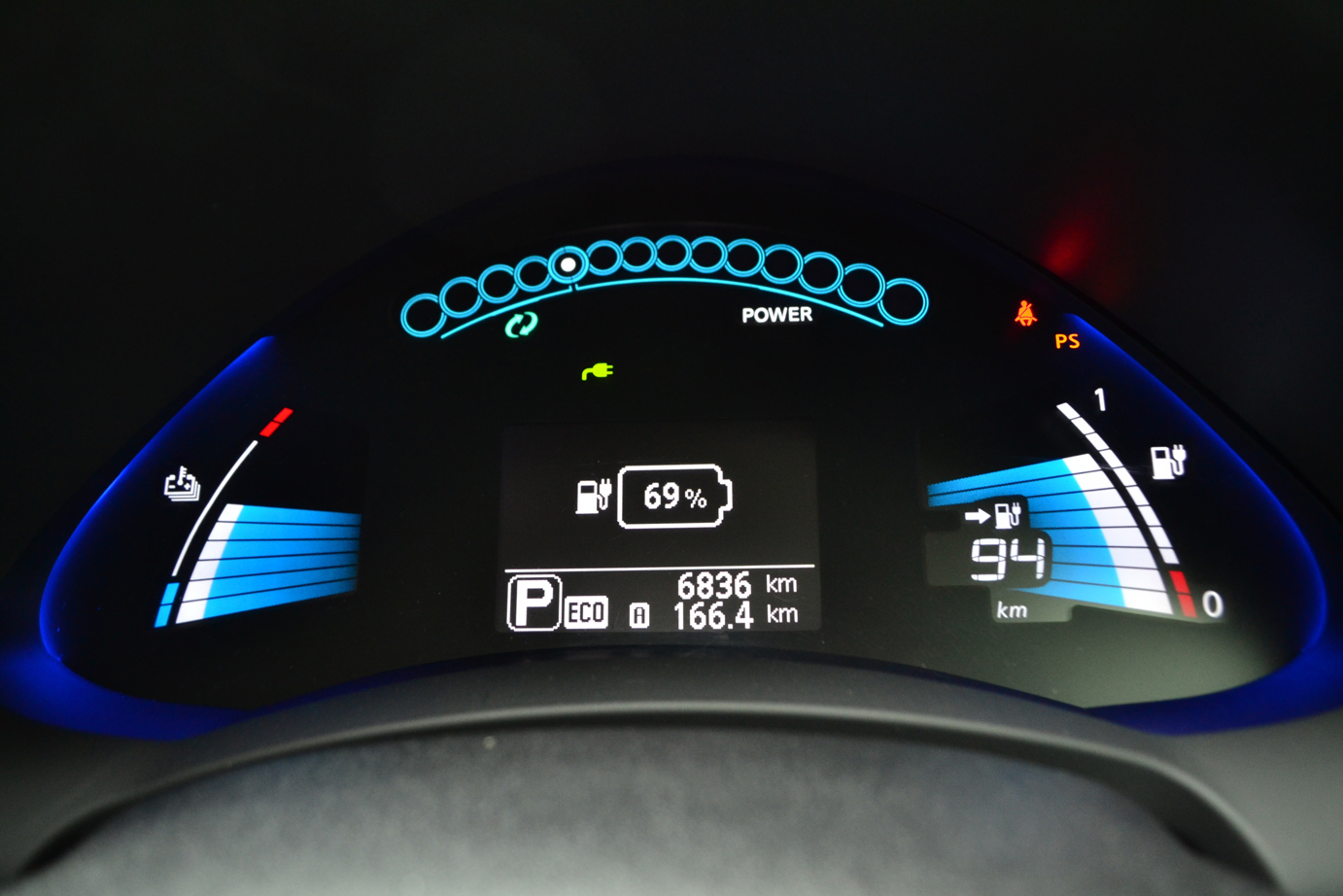





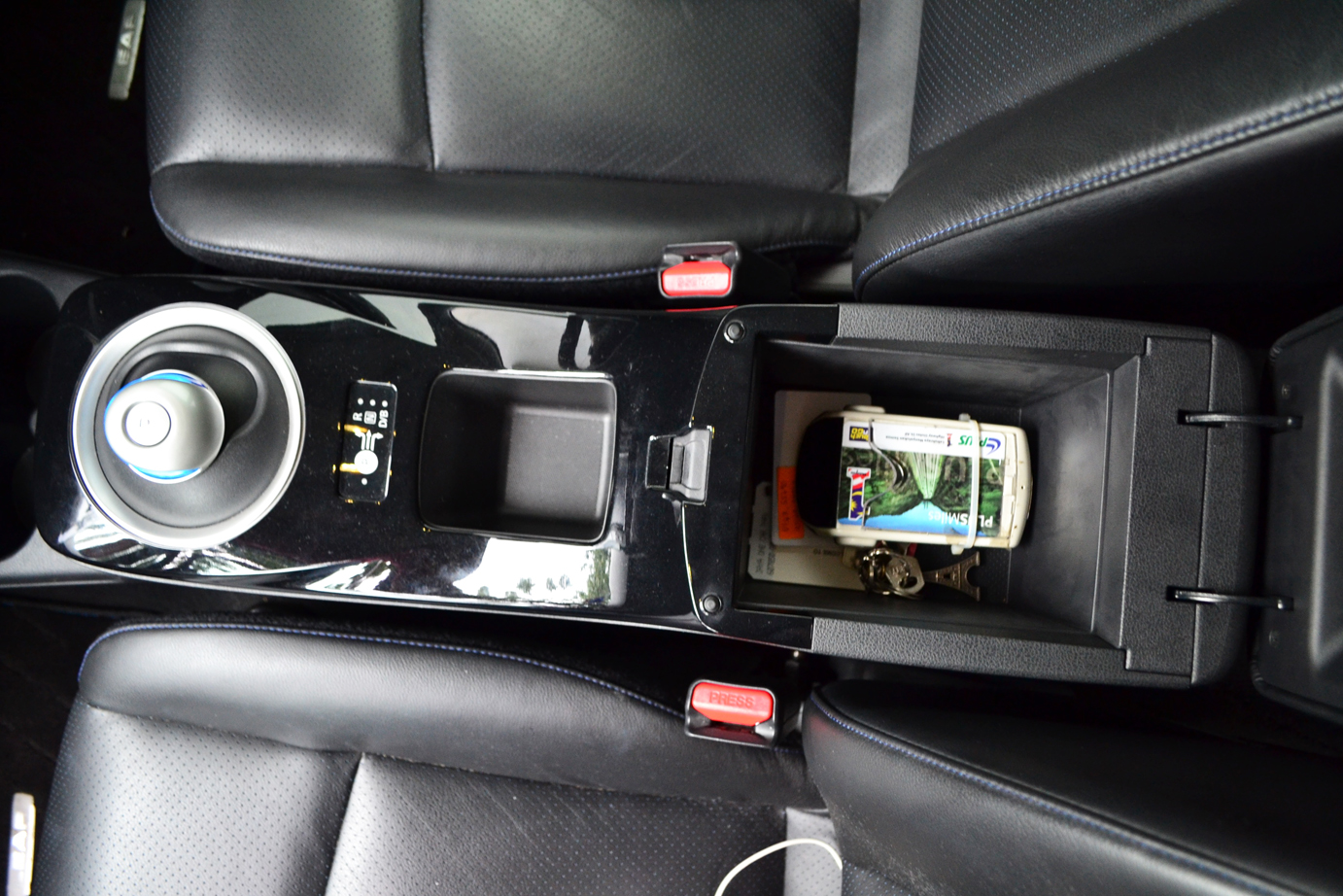

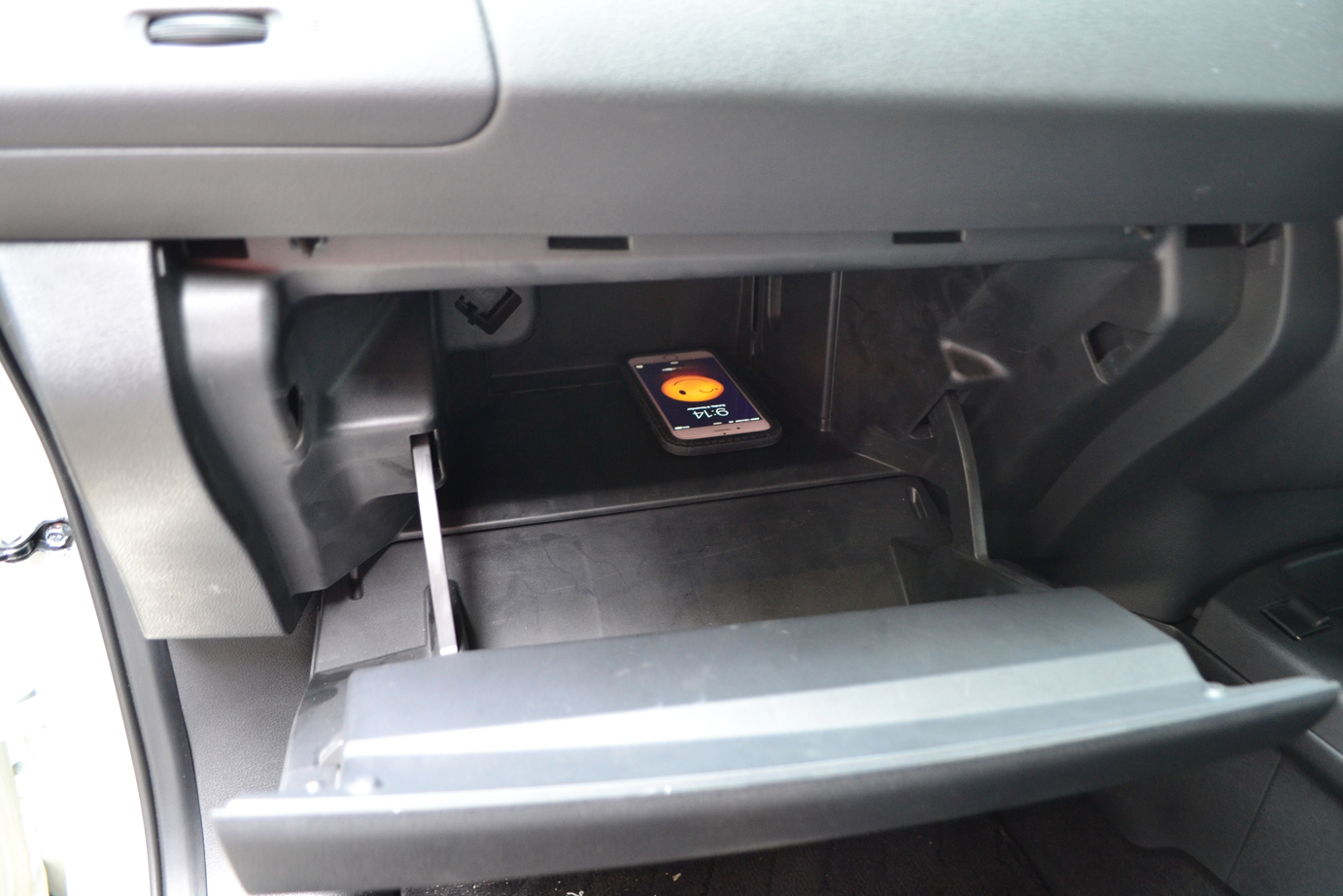

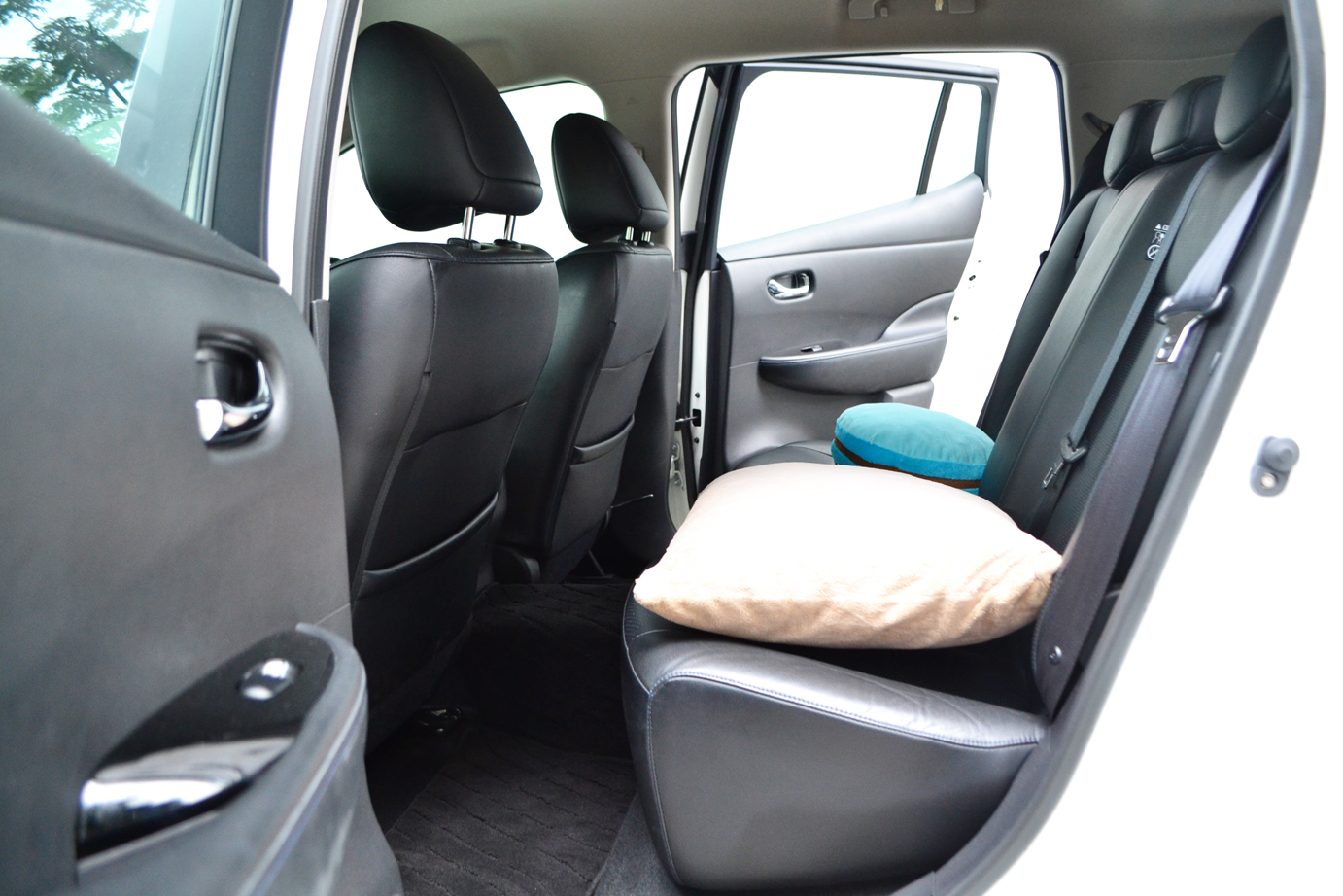

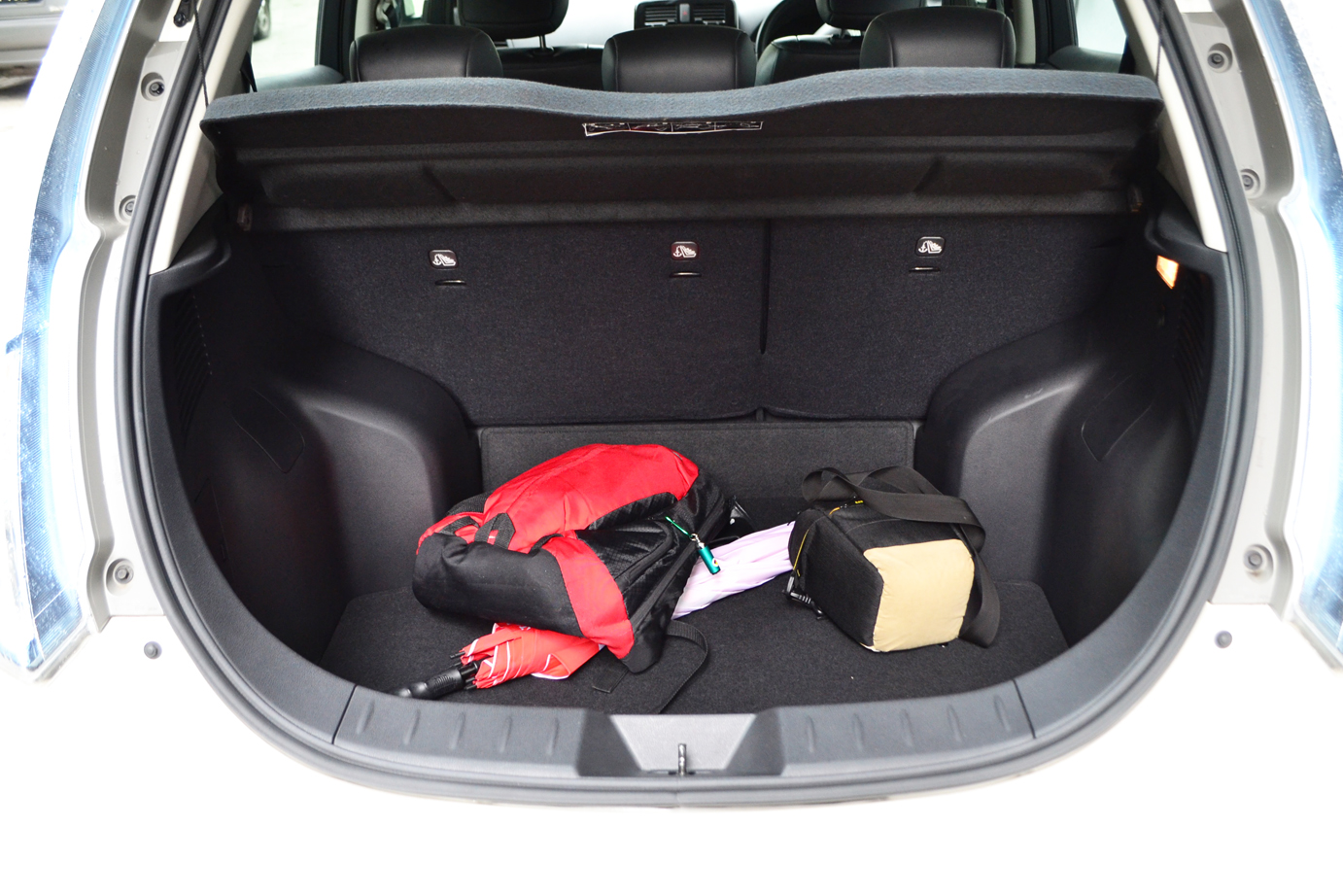






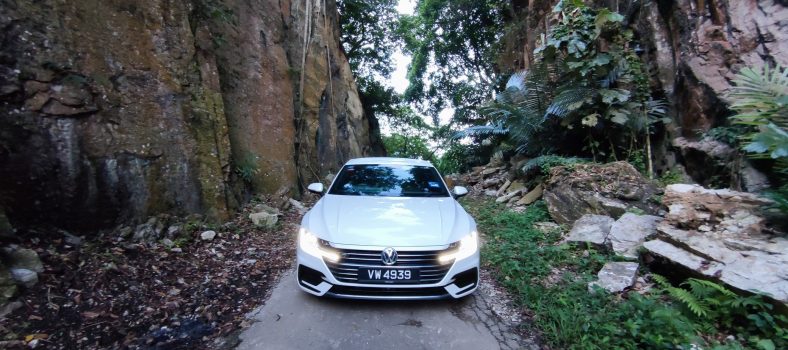


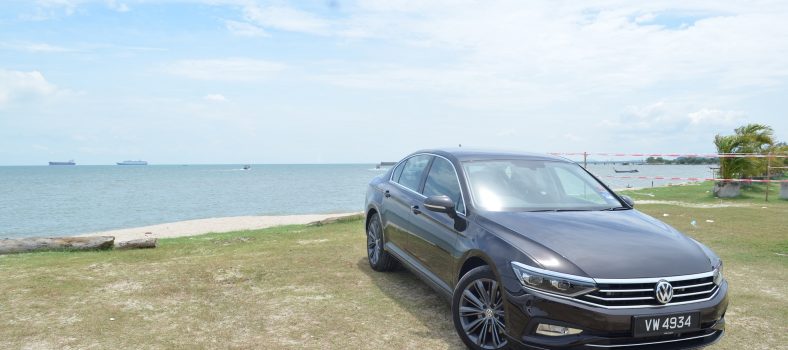
No Comment